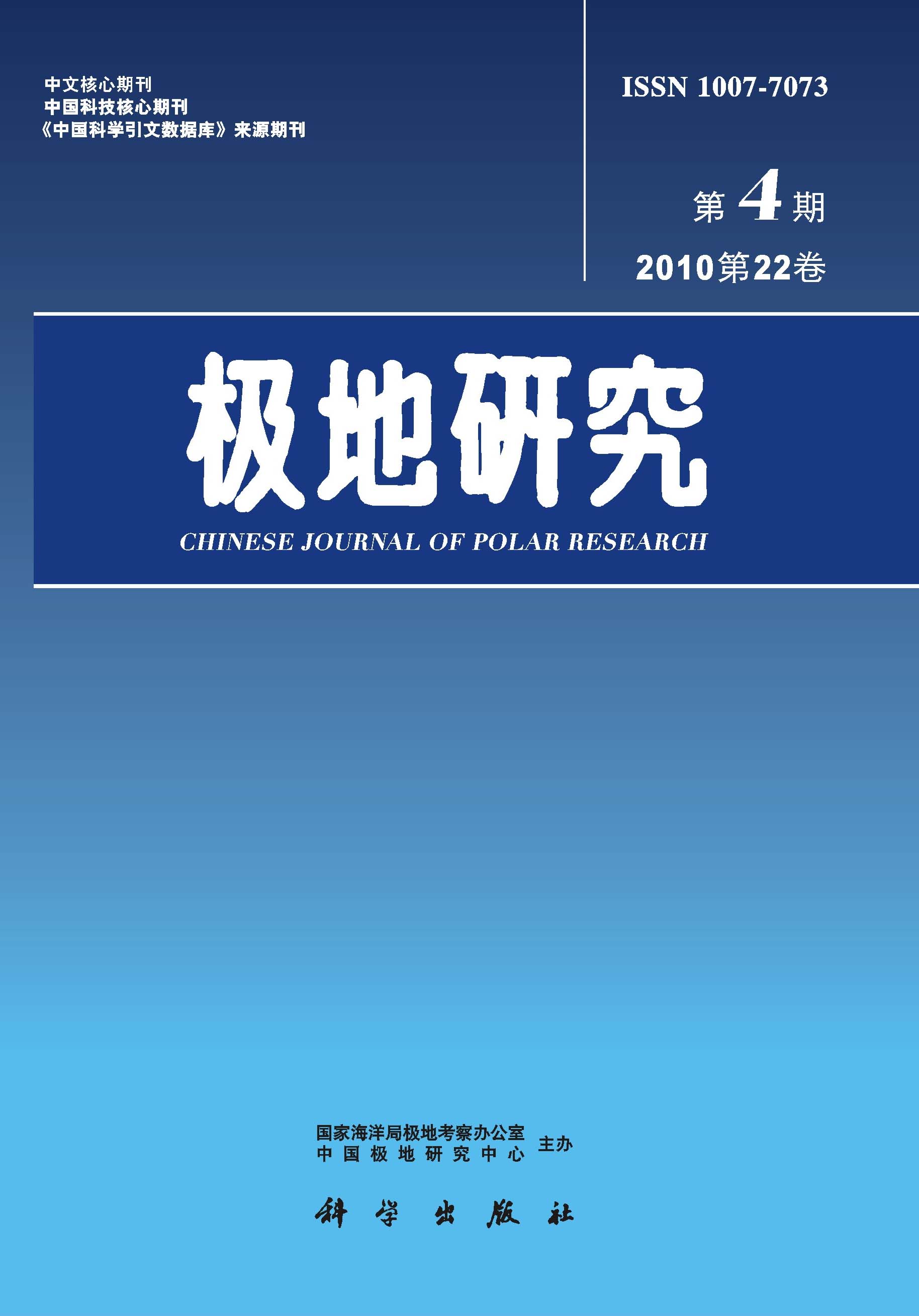This paper presents hydrochemical properties of 13 lakes in Larsemann Hills,Antarctica.Investigations indicate that, in lake water, Na + and Cl - are predominant ions,but no CO 3 2- is present.Hence, all lakes belong to Na + group. The contents of nutrient substance (N, P, SiO 2) in lake water are rather low, whereas, inorganic nitrogen exists mainly in the form of NH 4 + N both in lakes and in snow.And the relatively high concentrations of Na +,Cl - and SO 4 2- , especially those ions in Big Lake,Mochou Lake and Heart Lake,apparently suggest that the precipitation of Larsemann area is dominated by oceanic conditions.The contents of trace elements range from 0.01 to 2.0 μg/l,which are approximately the same as that of hydroesphere in general.

